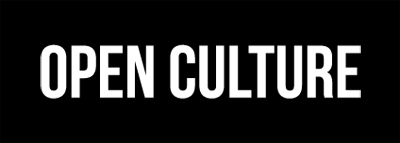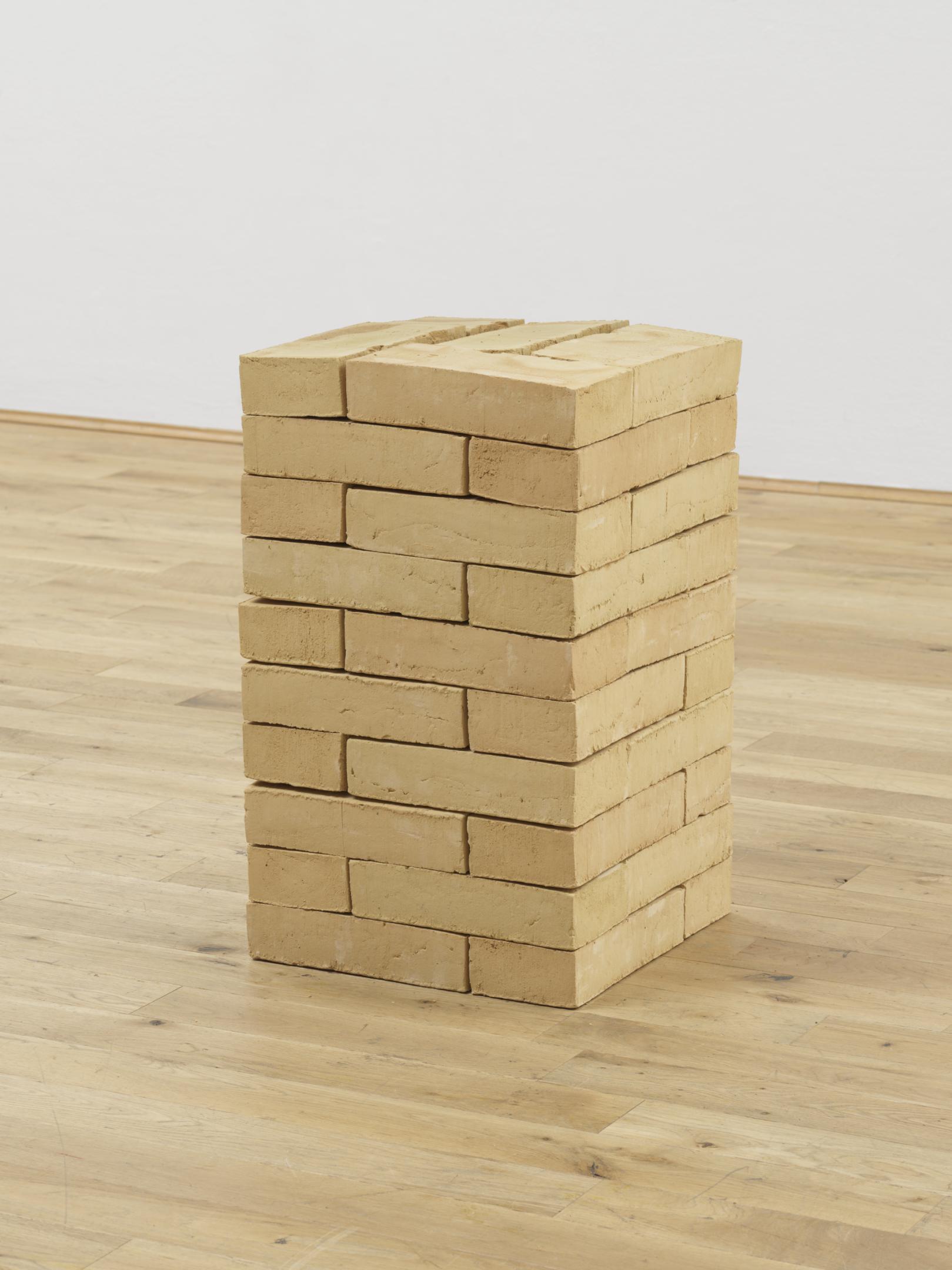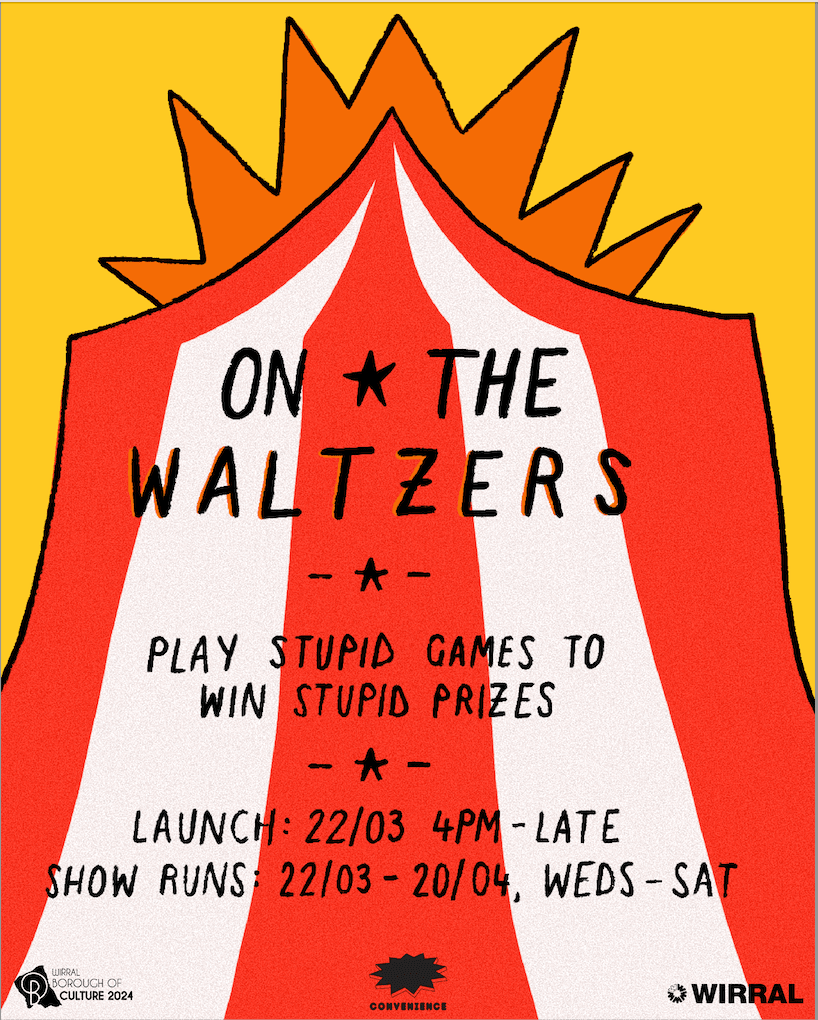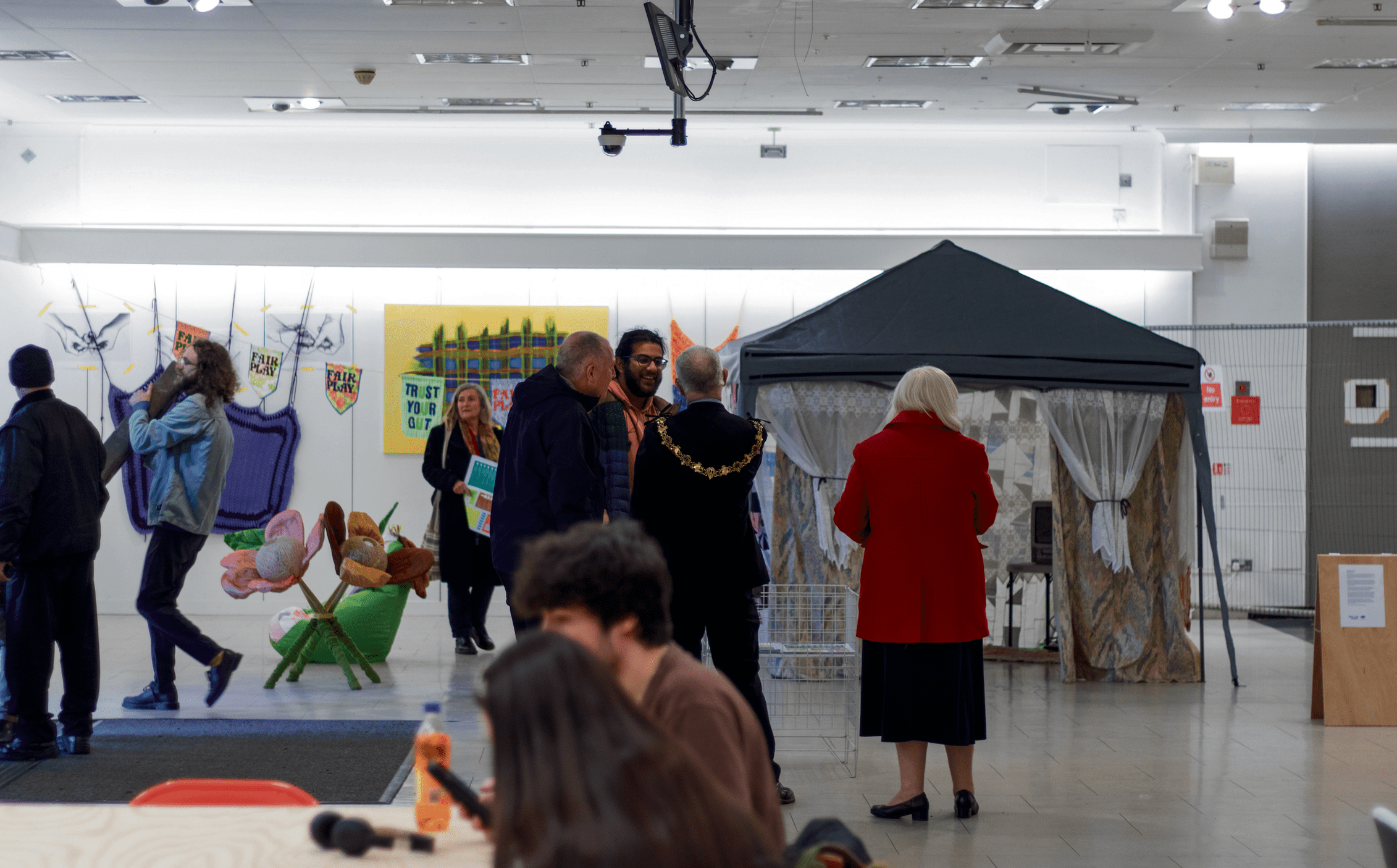The Bluecoat Display Centre are delighted to announce a selling exhibition of new work by talented north west sculptors Emma Rodgers and Johnny Vegas, which will run from 3 May – 15 June 2024.
St Helens-based comedian Johnny Vegas is perhaps best known for his surreal sense of humour, however he originally trained in art and ceramics at the university of Middlesex. during the covid pandemic, Johnny found solace in creativity, and three decades after he graduated, he returned to the studio following a chance encounter with Wirral-based sculptor Emma Rodgers. together, they have created new works inspired by themes of flight and metamorphosis.
“Confrontation, energy, curiosity, essence of a moment and interaction are the main elements that initially draw me to a new subject and are indicative of the very nature of the animals I have depicted.
“When approaching a new body of work i produce a large amount of visual research. sketching is particularly important as it provides me with a greater understanding of the form. I aim to interpret these drawn qualities into clay and remove the work from pure representation. a jagged line in ink is re-interpreted as a torn clay edge; an arc of soft pencil becomes a soft fold. the energy of the animal and the tautness of the pose are conveyed by a distortion in the medium.” – Emma Rodgers
“Currently, flight, faith, fear of failure and broken/tested faith, are the subjects most fluent in my work. emotional evolution and how best i can express that in 2d or 3d forms. a thought process, be it linked to hope or fear, captured in time. I’ve a head full of butterflies and all of them designed with unique intentions of distraction from the task at hand. when i think to exhibit i’m compelled to try and recreate in clay or oil what I’ve caught in my net that day… before it is once more set free to distract me from the hurried and sometimes ill constructed expectations of normality.” – Johnny Vegas
This exhibition is presented in partnership with the walker art gallery, who will showcase an installation organised by nicola scott, curator of decorative arts, of new works by emma and johnny inspired by the walker’s collections and exploring ideas of mental or physical transformation.
‘Metamorphosis’ will be on display at the Walker Art Gallery from 30 April 2024 – 31 March 2025.




